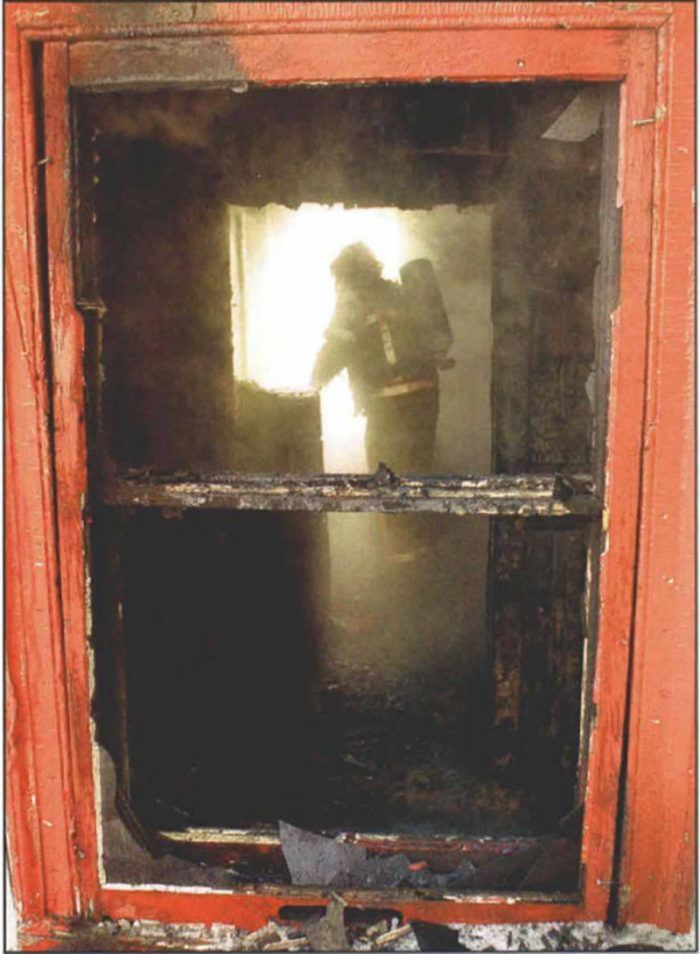Fire-Safety Alarms
An electrician describes what kinds to get, where to put them and how to wire them to save lives and homes.

Synopsis: An explanation of ionization and photoelectric smoke detectors, heat detectors and carbon monoxide detectors, plus a discussion of where these fire-safety devices should be located and how they should be wired.
Nobody wants to die in a fire. Yet fire is the third-leading cause of accidental death in the United States. And four out of five people who die in fires die at home. That’s why we install fire and/or smoke-detection systems in homes.
Residential fire detectors are designed to provide early warning so that residents can escape before smoke and toxic gases accumulate, let alone before flames block exits. Early warning is the key to residential fire safety. And avoiding false alarms by installing, the right kinds of detectors in the right places will help homeowners to take those early warnings seriously.
I’ve done mostly commercial electrical work, including fire-safety systems, for 14 years, but when I started to remodel my own house, I decided that I had better check out residential fire-safety equipment. Here’s what I found.
Choosing the best smoke detector for the space
When most people think of fire-protection systems, they think smoke detectors, and they’re right. Smoke detectors form the backbone of residential fire-alarm protection. Unfortunately, homeowners and builders alike tend to throw smoke detectors here and there and think their bases are covered. Not so. Two kinds of smoke detectors commonly are used for residential applications. One kind isn’t better than the other; each detects different sizes of smoke particles, so they offer overlapping protection. I also suggest adopting a third commercial unit in certain circumstances.
The first kind of common residential smoke detector is the ionization type. In this type of detector, a sensor ionizes the air between two electrodes. When smoke particles disrupt the electrical conductivity of the air between the electrodes, an alarm sounds. An ionization-type detector works well with the small particles associated with open, flaming fires, but it is not as successful sensing the larger particles associated with smoldering fires. Ionization-type detectors are also the most prone to false alarms.
Enter the next type of detector, the photoelectric smoke detector. Photoelectric detectors direct a light into a chamber, aimed past but not at a light sensor. Smoke particles entering this chamber deflect the light beam onto the sensor, which in turn sets off an alarm. Besides detecting the larger particles caused by smoldering fires, photoelectric detectors work better at eliminating nuisance alarms caused by steam and cooking vapours. Designers often specify that alarms near kitchens be either photoelectric or have a temporary silencing button so that after burning the toast, a home’s residents can mute the alarm without removing the battery or disconnecting the alarm.
A third type of smoke-detection device, the projected-beam detector, is designed for commercial rather than residential applications. A beam detector sends an infrared beam to a receptor across the room. Smoke that disrupts the beam trips the alarm.
For more photos and information on fire alarms and carbon-monoxide detectors, click the View PDF button below.
Fine Homebuilding Recommended Products
Fine Homebuilding receives a commission for items purchased through links on this site, including Amazon Associates and other affiliate advertising programs.

All New Bathroom Ideas that Work

A Field Guide to American Houses

Code Check 10th Edition: An Illustrated Guide to Building a Safe House

























